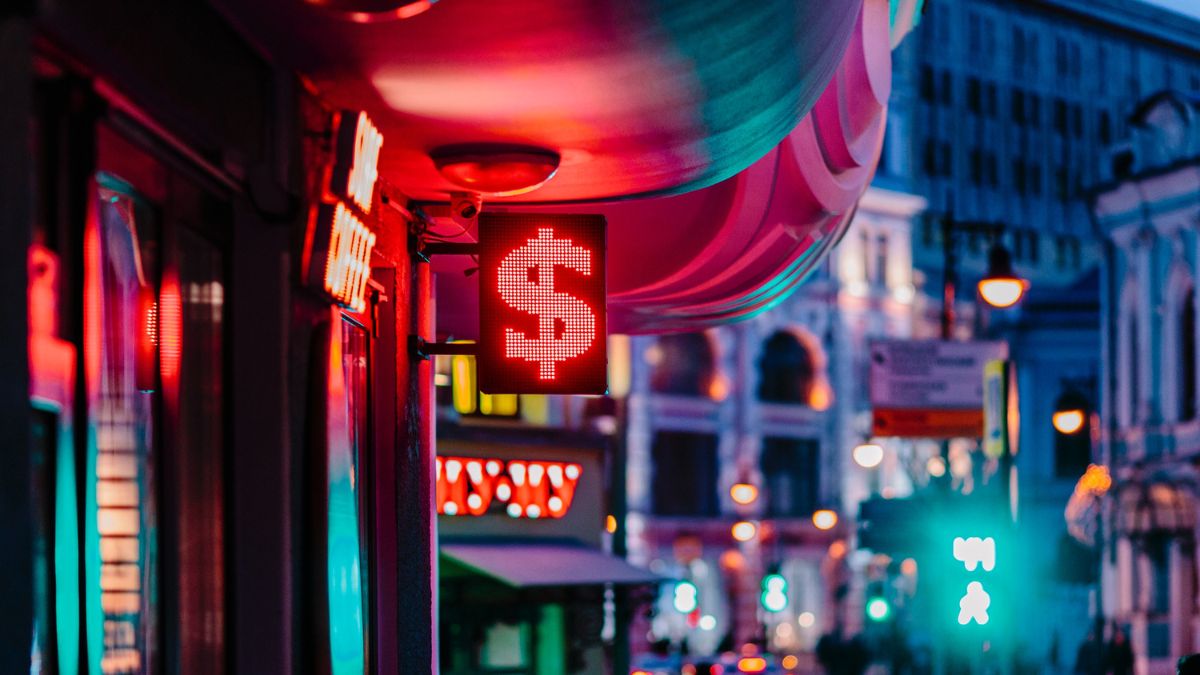Unveiling India’s Economic Progress and Exchange Rate Trends

India is not only the world’s most populated country but also one of the largest economies, ranking 3rd in terms of GDP after China and the United States. The Indian rupee is one of the most common and recognizable world currencies, with a rich history dating back to ancient times. Fun fact: while the rest of the world used shells and pebbles for trade in the 5th century BC, northern India was already minting silver coins. But let’s get back to the present moment.
The Rupee plays a vital role in the Indian economy as it is a key tool for monetary policy and inflation regulation. In addition, the Indian rupee is used for international settlements and trade, making it an important instrument for developing India’s foreign economic relations with other countries.
Starting from 2021, the country’s economic indicators demonstrate a cyclical growth pattern. The inflation rate has been steadily declining in recent years. Since May 2022, the Central Bank of India has raised interest rate to 6.5%. The result has been achieved due to measures taken by the government, such as controlling food and fuel prices and reducing taxes on goods.
Nevertheless, the country’s unemployment rate is steadily rising, primarily due to the growth of jobs in certain fields like information technology, telecommunications, finance, and insurance.
All of these factors affect the exchange rate of the Indian rupee against the US dollar (USD/INR), which is expected to experience minor fluctuations in 2023. At the beginning of the year, the rupee was trading at 82 rupees per dollar, but by the end, the rate rose to 83. These changes can be attributed to various factors, such as import and export demand shifts, global changes, and political decisions.
In general, the Indian government is actively working to stabilize the exchange rate by intervening in the foreign exchange market and managing imports and exports.
Thanks to the relatively steady exchange rate, India is experiencing stable economic growth in 2023. India’s rapidly growing economy has sparked speculation about its potential global role. Even though India is a member of the BRICS, it maintains strong economic ties with the United States. The BRICS countries collectively represent over 40% of the world’s population and more than 25% of global trade. Reducing dependence on the US dollar, which is only pulling ahead in recent weeks as shown by the DXY chart, could significantly benefit their economies in cross-border trade among member nations. And yet, India may face significant economic and currency challenges given the BRICS’ assertive policy stance.
Considering the prolonged ascending triangle clearly visible in the chart below, there is a high likelihood of an upward breakout. Such a pattern often indicates that the value of an asset is being constrained in various ways.
Regrettably, despite several positive factors, the Rupee’s exchange rate may experience another decline, making it essential to have government support and effective regulatory actions to protect the currency.




